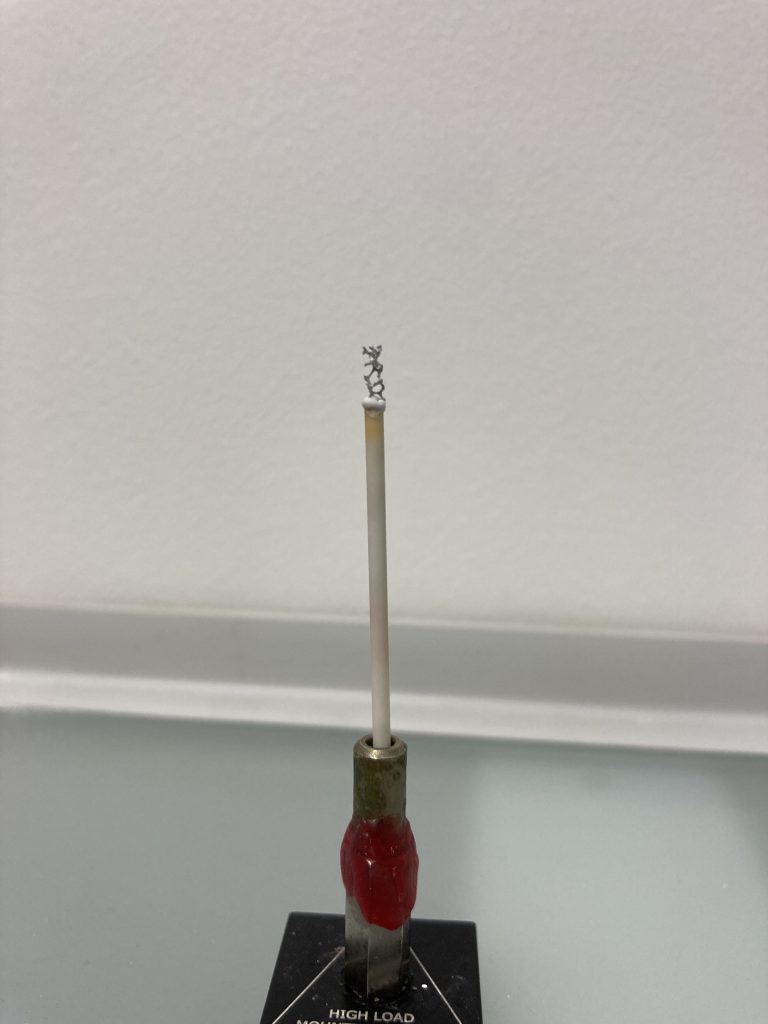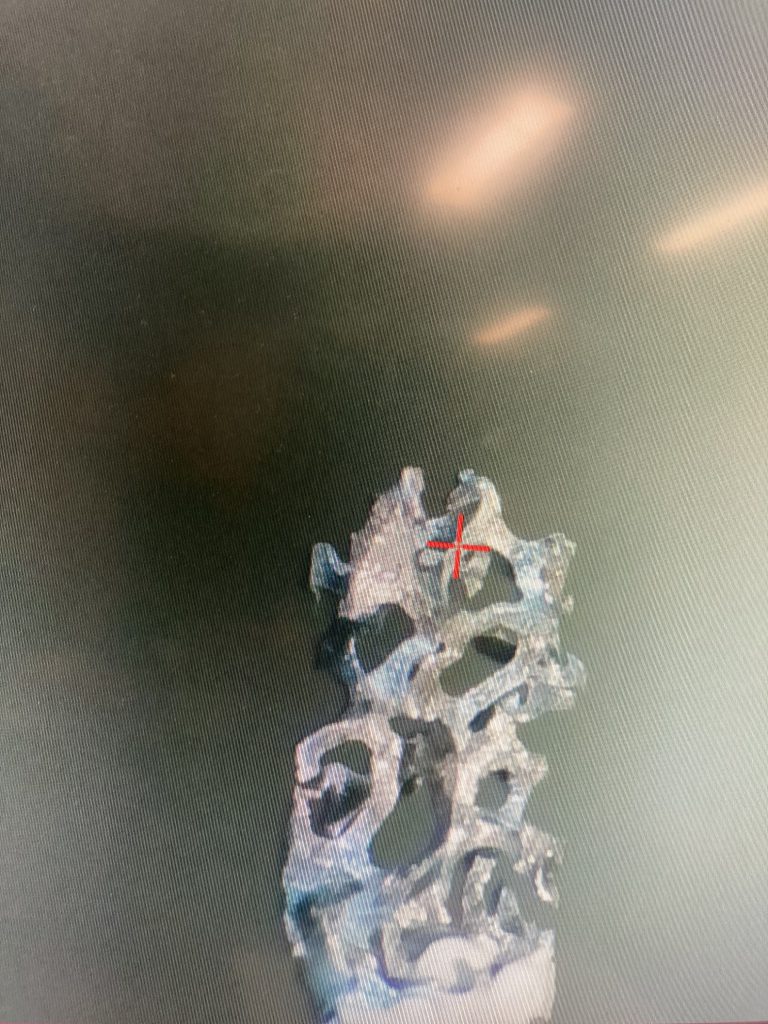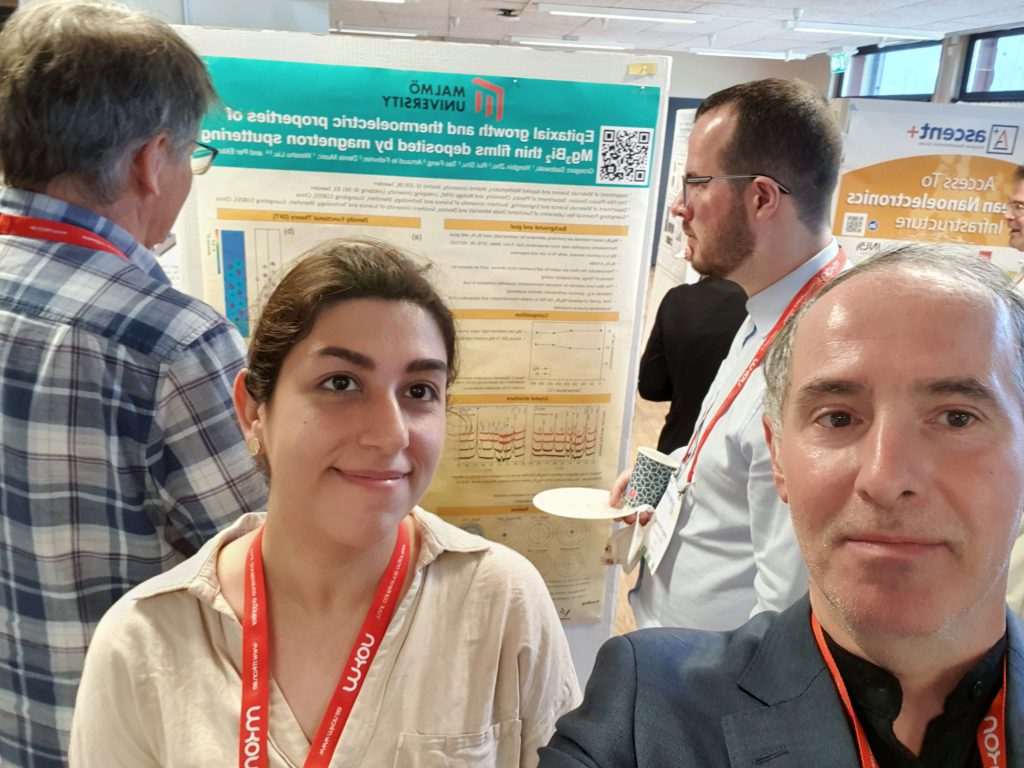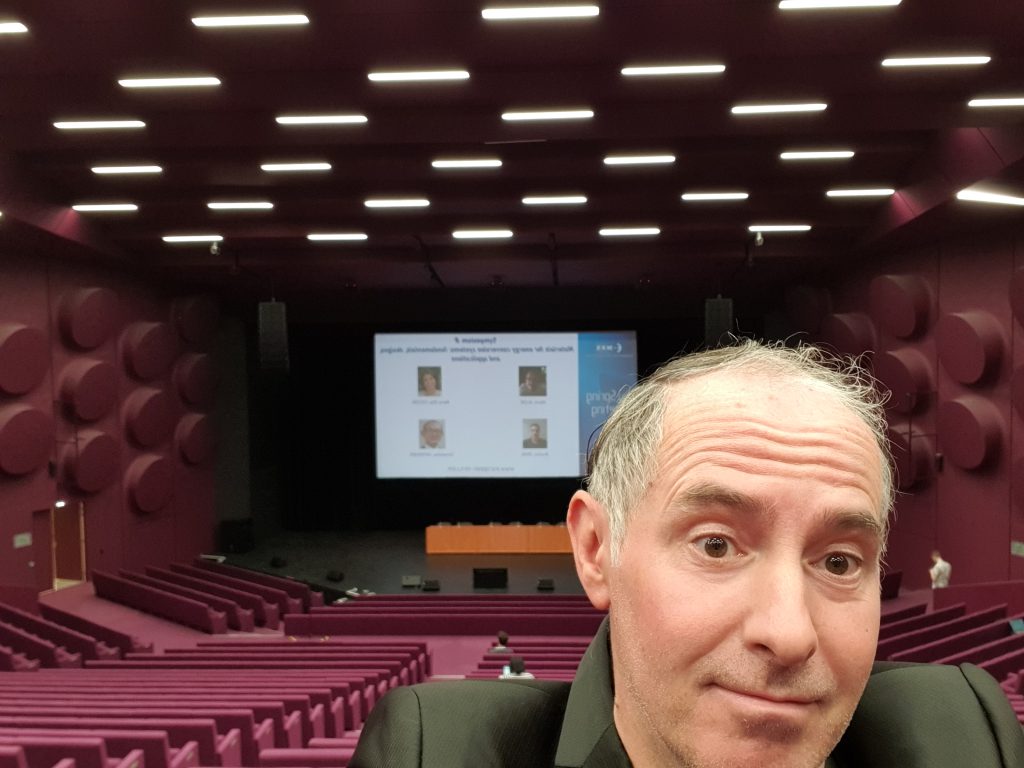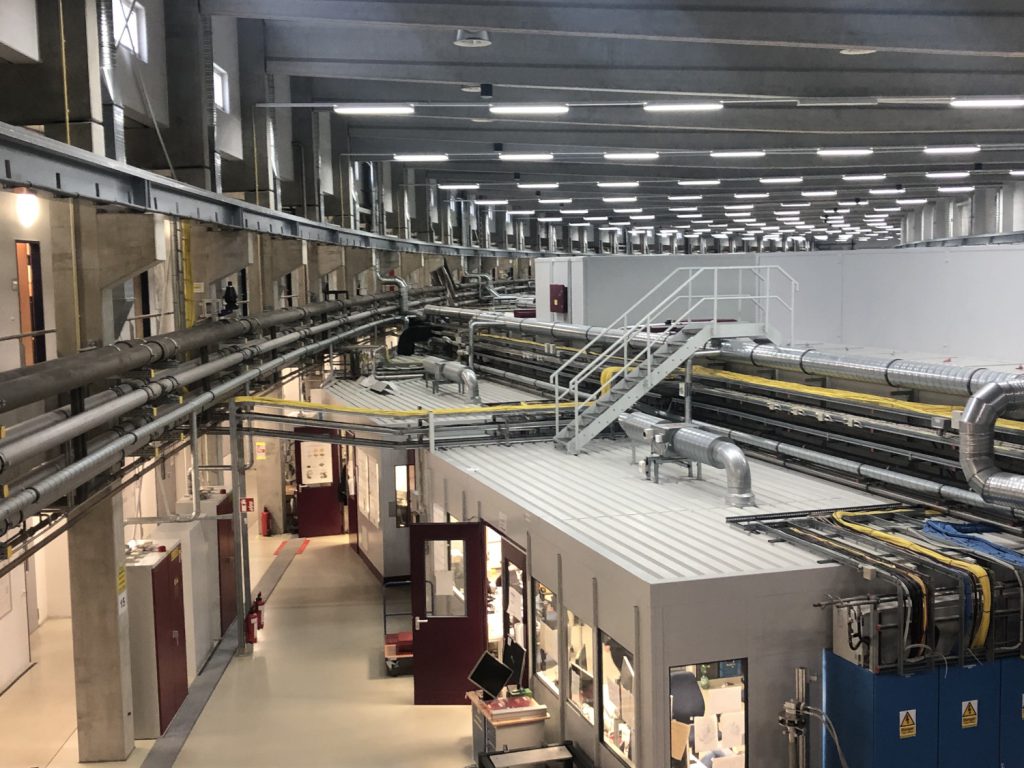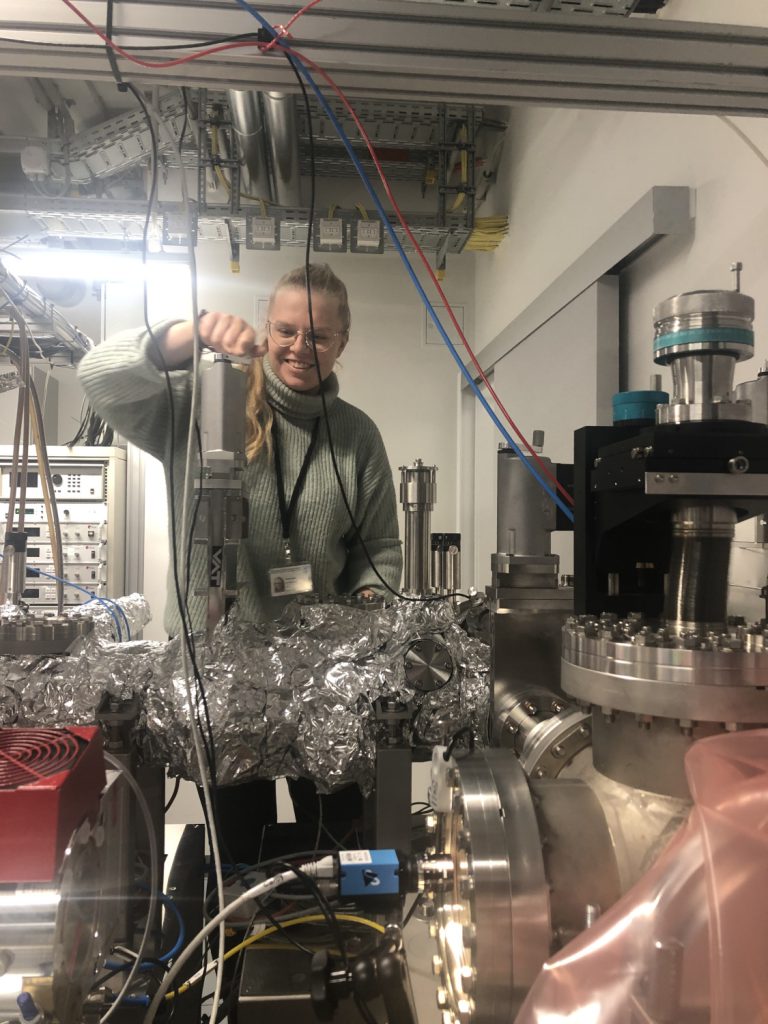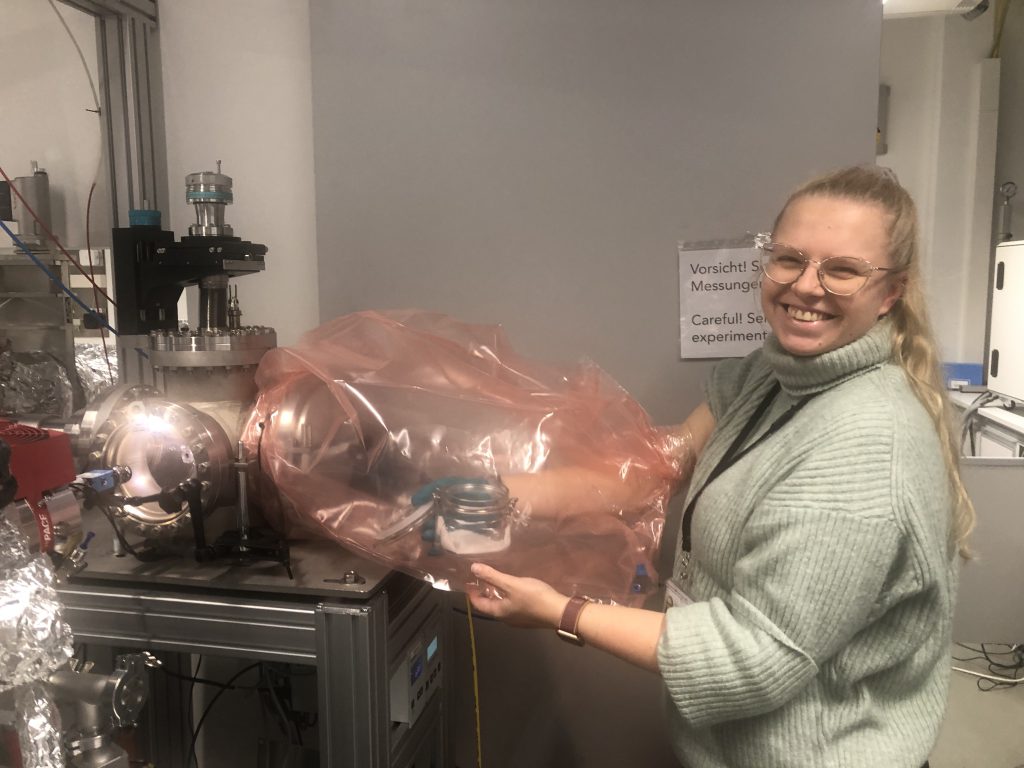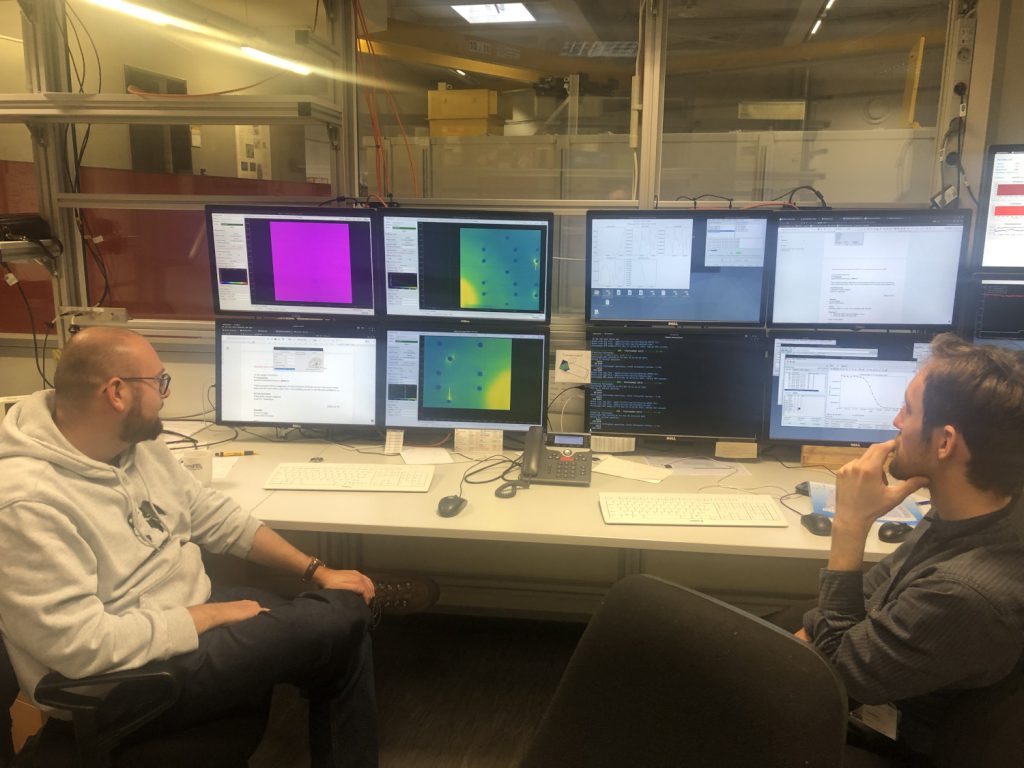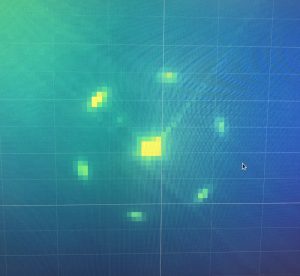
Miguel Kofoed, who started his PhD in Applied Physics in November, presented his plans for his thesis work in a seminar today. Miguel is part of the PRISMAS Graduate School, a national network coordinated by the MAX IV Laboratory and funded by the EU through an MSCA Cofund project. His project is a collaboration between MaU and MAX IV, where he will work on the integration of diffraction and scattering methods at the Balder beamline, with special focus on the diffraction anomalous fine structure (DAFS) technique. DAFS can give atomic-scale information about materials like catalysts and batteries during operation, and so should help us to improve these technologies. Welcome Miguel and best of luck!

